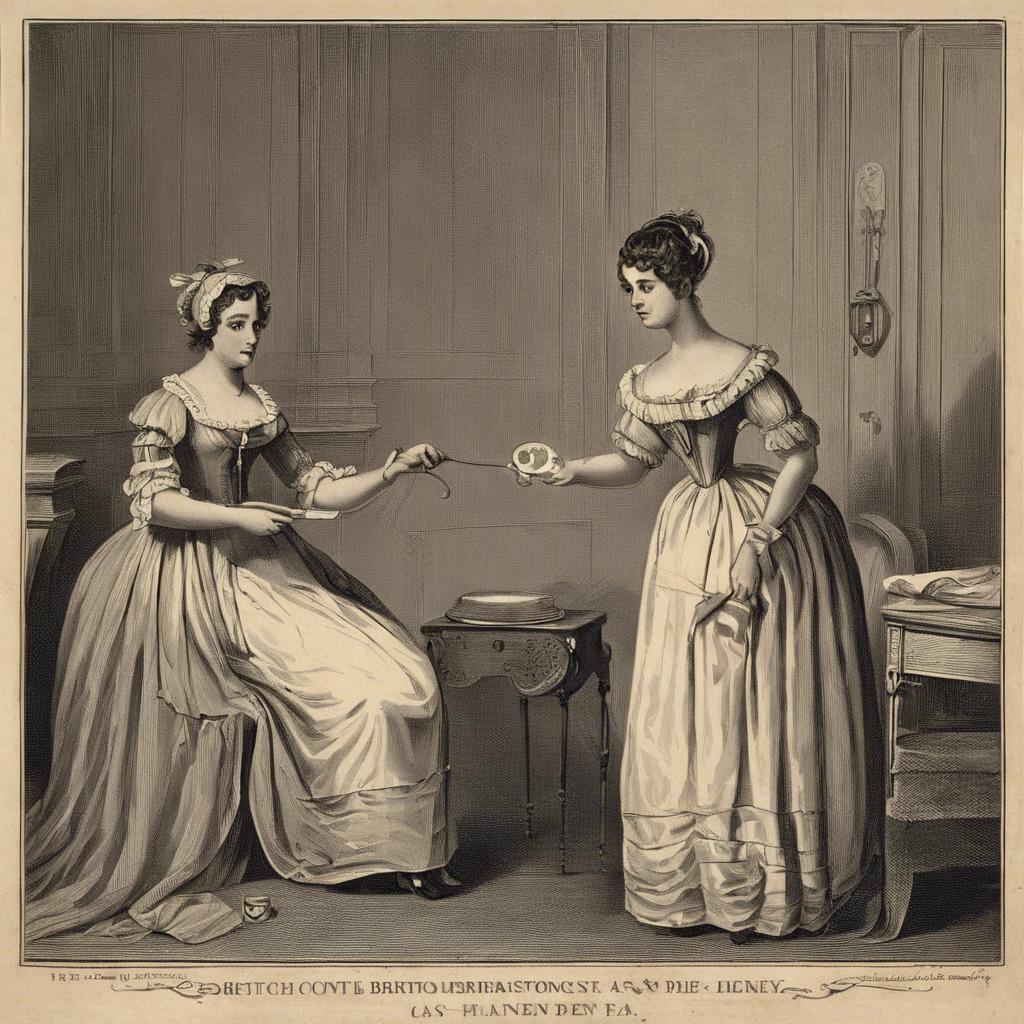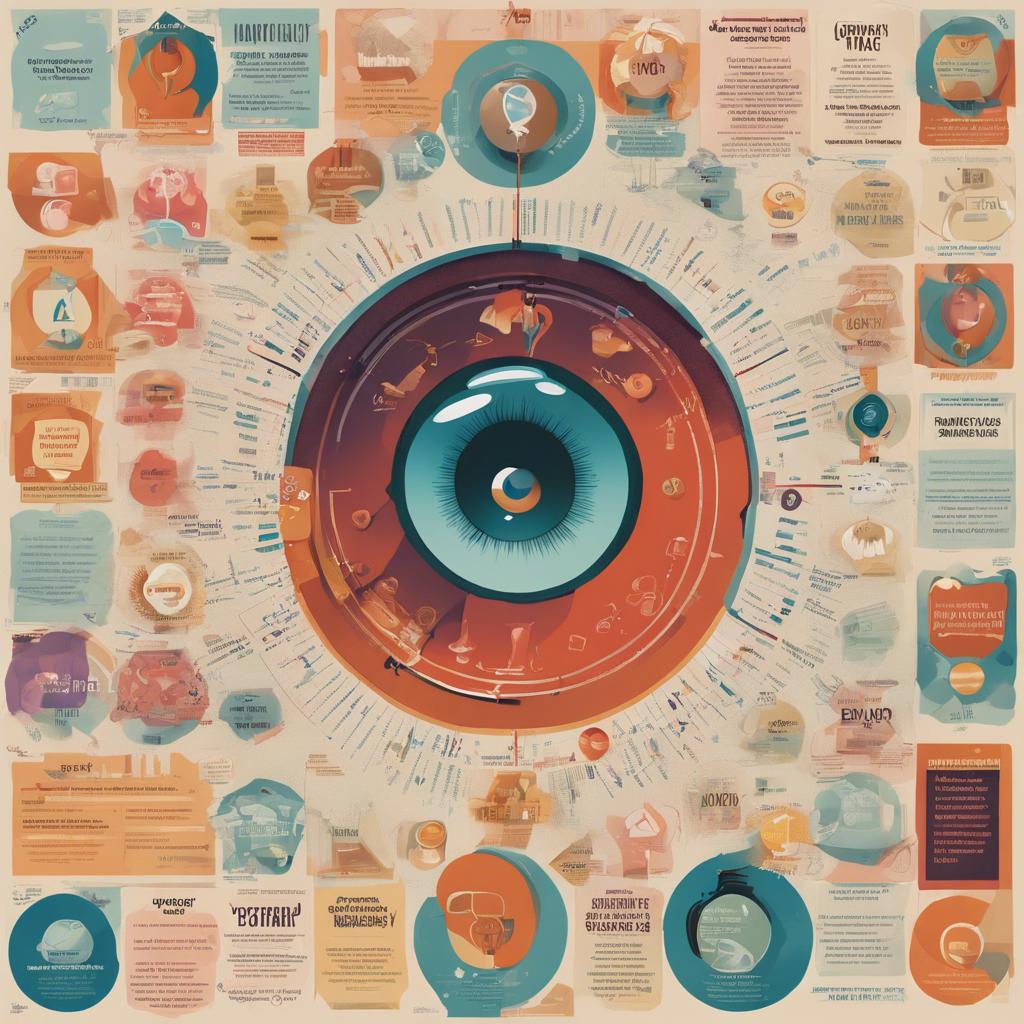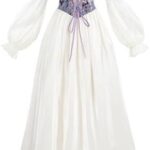In the early 19th century during the Regency era, the topic of birth control was often cloaked in secrecy and taboo. Despite societal expectations and limited medical knowledge, individuals sought out various methods to prevent conception and control their reproductive fate. From herbal remedies to primitive devices, the methods employed were as varied as they were risky. Join us as we delve into the world of Regency era birth control, exploring the practices and attitudes surrounding this controversial aspect of reproductive health during a time of societal upheaval and changing attitudes towards sexuality.
Step Into the World of Cheryl Bolen
Dive into the enchanting stories of love, intrigue, and elegance set in the Regency Era. Cheryl Bolen's novels offer timeless romance and captivating tales that will leave you wanting more.
Explore Cheryl Bolen's Books Now
Birth control methods during the Regency Era
During the Regency Era, there were limited options available for birth control methods. Couples had to rely on a few unconventional techniques to prevent pregnancy. Some of the methods used during this period include:
- Withdrawal method: Also known as coitus interruptus, this involved the male partner withdrawing before ejaculation to prevent sperm from entering the female’s body.
- Herbal contraceptives: Women used various herbs and plants like pennyroyal, rue, and tansy to try to prevent conception.
- Condoms: Condoms made from animal intestines were sometimes used, although they were not widely available and not very effective.
It’s important to note that these methods were not always reliable and often led to unintended pregnancies. The lack of knowledge about reproductive health and limited access to contraception made family planning challenging during the Regency Era.
Despite the limitations of birth control methods at the time, some women also practiced abstinence or relied on natural family planning techniques to avoid pregnancy. The societal expectations of marriage and childbearing, however, often put pressure on couples to have children, making it difficult to avoid conception altogether.
Overview of contraception practices in the early 19th century
Contraception practices during the Regency era were limited and often unreliable. Women in the early 19th century had access to a few methods to prevent pregnancy, but most were not very effective. Here is an overview of some common birth control methods used during this time:
Withdrawal Method: Also known as “coitus interruptus,” this method involved the man withdrawing before ejaculation to prevent sperm from entering the woman’s body.
Pessaries: Women would insert various objects, such as sponges soaked in vinegar or lemon juice, into their vaginas to create a barrier to sperm.
Challenges and limitations of birth control in Regency England
In Regency England, birth control methods were rudimentary and often ineffective, leading to challenges and limitations for individuals seeking to control their family size. One common method used during this time was the withdrawal method, where the man would withdraw before ejaculation. However, this method was unreliable and often resulted in unwanted pregnancies.
Another challenge faced was the lack of access to reliable contraceptives. Condoms made from animal intestines were available, but they were expensive and not widely used. Additionally, there was a stigma associated with purchasing contraceptives, making it difficult for individuals to obtain and use them discreetly.
Furthermore, societal norms and religious beliefs posed limitations on discussions surrounding birth control. The conservative attitudes of the time often discouraged open conversations about reproductive health and family planning, making it challenging for individuals to seek information and resources on effective birth control methods.
Recommendations for exploring the history of contraception in historical research
In exploring the history of contraception during the Regency era, it is important to consider the societal norms and attitudes towards birth control at the time. Researching primary sources such as medical journals, personal diaries, and historical texts can provide valuable insights into the methods and attitudes surrounding contraception in this period.
One recommendation for delving into this topic is to examine the various forms of birth control that were available during the Regency era. From herbal remedies to early forms of condoms and spermicides, there were a variety of methods used to prevent pregnancy. Understanding the effectiveness and cultural perceptions of these methods can shed light on the experiences of individuals in the past.
Furthermore, exploring the role of women in the use of contraception during this time can provide a more nuanced understanding of historical attitudes towards reproductive rights. Researching the ways in which women navigated societal expectations and personal autonomy in regards to contraception can offer valuable insights into the intersection of gender, power, and control in the Regency era.
To Conclude
birth control during the Regency era was a complex and often dangerous practice. From herbal remedies to primitive devices, women sought to control their fertility in a time when options were limited and medical knowledge was lacking. Despite the risks and limitations, many found ways to assert agency over their bodies and lives. The struggle for reproductive autonomy continues to this day, as we look back on this historical period with both curiosity and compassion. May we continue to strive for progress and understanding in the realm of women’s health and rights.


